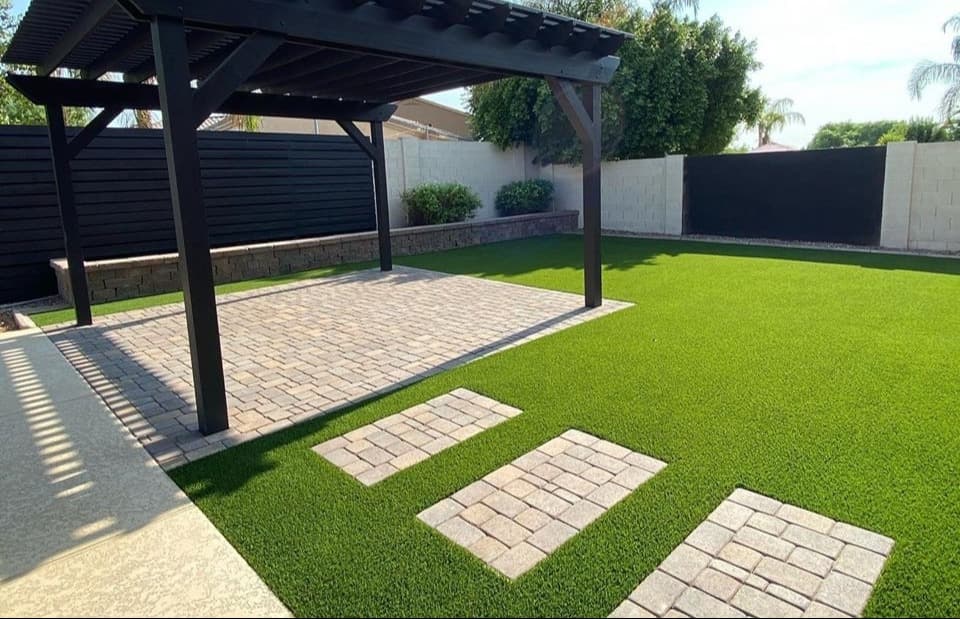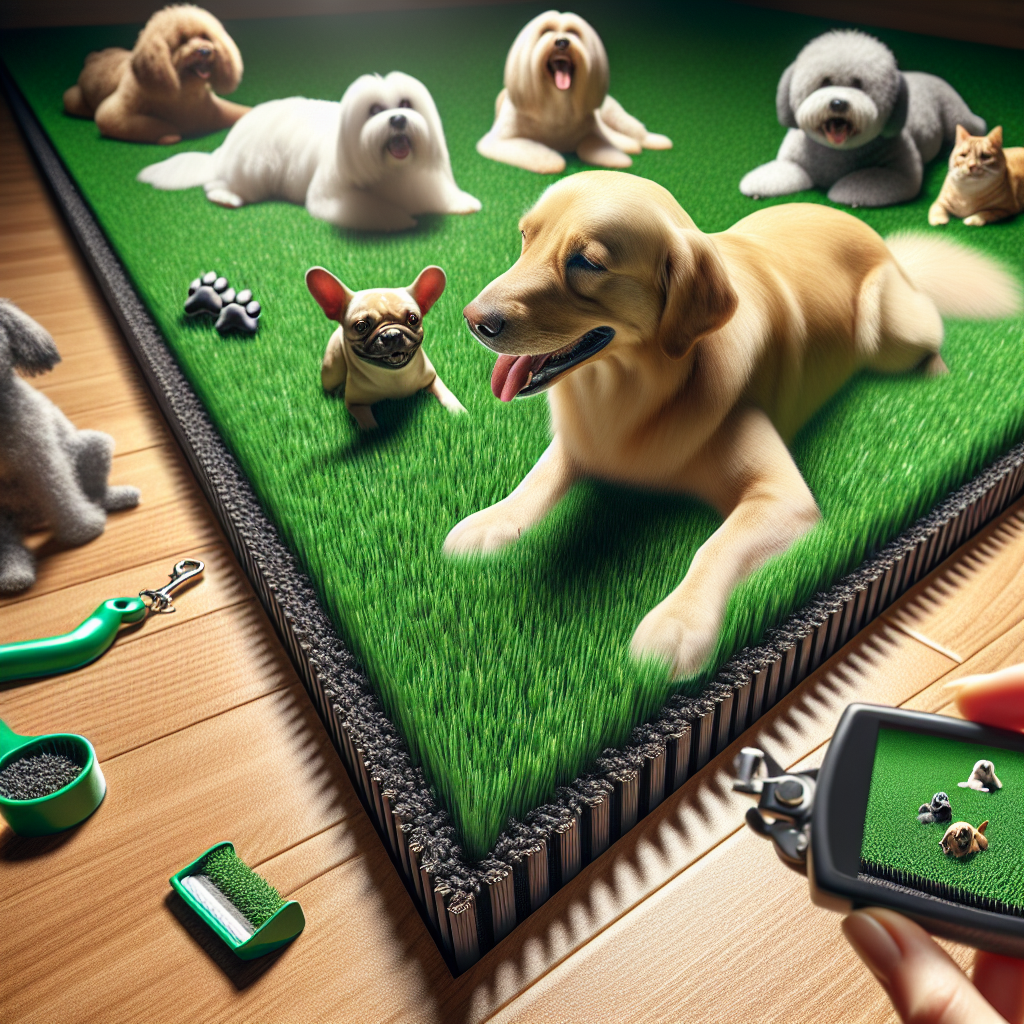
Artificial lawns are a fantastic addition to any home, offering a lush, green appearance year-round with minimal maintenance. However, to keep your synthetic grass looking its best, some upkeep is necessary. This guide will provide you with expert tips and tricks to maintain your artificial lawn, ensuring it remains vibrant and pristine for years to come.
Keep It Fluffy and Upright
Regular brushing is essential to maintain the natural look and feel of your artificial lawn. Use a stiff-bristled brush to keep the grass blades upright and looking fresh. This is particularly important in high-traffic areas where the blades can become flattened. Aim to brush your lawn at least once a month, and more frequently if it sees a lot of use.
Tips:
Keep It Clean and Tidy
Leaves, twigs, and other debris can accumulate on your artificial lawn, leading to potential drainage issues and affecting the lawn’s appearance. Regularly remove debris using a leaf blower, garden vacuum, or a simple rake. This helps maintain the lawn’s cleanliness and ensures efficient drainage.
Tips:
Keep It Fresh and Hygienic
Artificial grass can collect dust, dirt, and pollen over time. Rinsing your lawn with water helps remove these particles, keeping it clean and fresh. Use a garden hose to spray the lawn down every few weeks, or more often if you live in a dusty area.
Tips:
Keep It Safe and Odor-Free
If you have pets, it’s crucial to clean up their waste promptly to prevent odors and maintain hygiene. Solid waste should be removed immediately, and the affected area should be rinsed with water. For urine, spray the area with water to dilute and disperse the liquid.
Tips:
Keep It Neat and Weed-Free
While artificial lawns are generally weed-resistant, some weeds can still grow around the edges or through drainage holes. Apply a weed killer twice a year to prevent weed growth and manually remove any that appear.
Tips:
Keep It Firm and Resilient
Infill materials like silica sand or rubber granules are used to keep the grass blades upright and provide cushioning. Over time, the infill can become compacted or displaced. Check the infill levels regularly and top up as needed to maintain the lawn’s resilience and appearance.
Tips:
Keep It Spotless and Stain-Free
Artificial grass is stain-resistant, but spills should still be addressed promptly. Blot liquid spills with a cloth or paper towel, then rinse the area with water. For tougher stains, use a mild soap and water solution, and gently scrub the affected area.
Tips:
Keep It Perfect and Problem-Free
Regularly inspect your artificial lawn for signs of damage, such as loose edges, seams, or worn areas. Address any issues promptly to prevent them from worsening. If you notice any significant damage, consider contacting a professional for repairs.
Tips:
Keep It Intact and Cool
Avoid placing heavy objects on your artificial lawn, as they can cause the grass blades to flatten and the infill to compact. Additionally, artificial grass can get hot in direct sunlight, so avoid placing items like BBQ grills or fire pits directly on the turf.
Tips:
Keep It Seasonally Ready
Different seasons require different maintenance approaches. In the fall, remove fallen leaves regularly. In the winter, clear away snow and ice using a plastic shovel, and avoid using salt or chemicals that can damage the turf.
Tips:
Maintaining your artificial lawn is relatively simple and requires far less effort than natural grass. By following these expert tips, you can ensure that your synthetic turf remains lush, green, and inviting for years to come. Whether it’s regular brushing, debris removal, or managing pet waste, these maintenance practices will help you get the most out of your investment, providing a beautiful and hassle-free outdoor space.
For more detailed advice or professional maintenance services, feel free to contact us. Your artificial lawn deserves the best care to keep it looking its best all year round!


